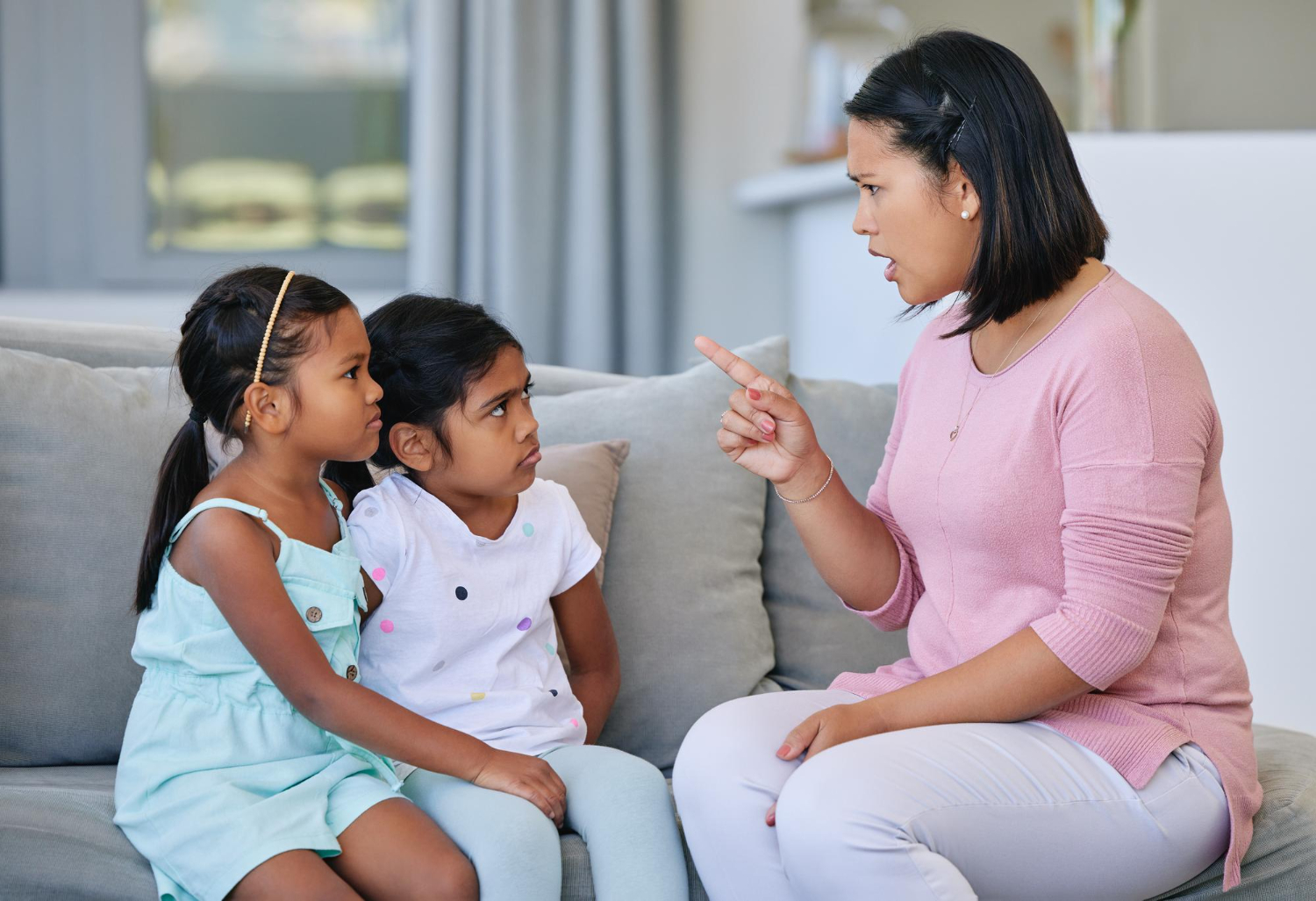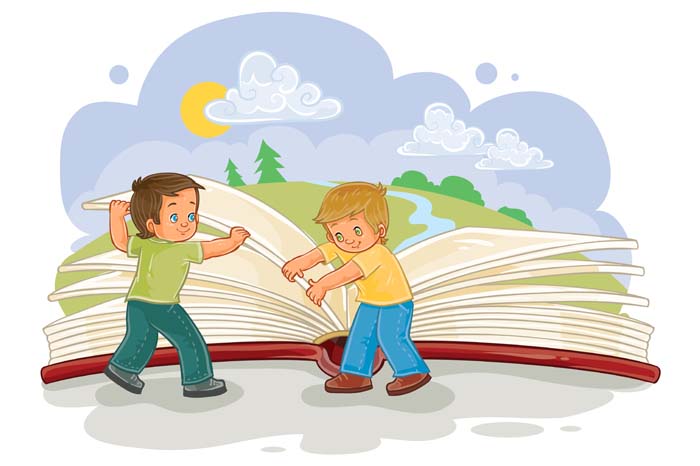Teaching Discipline for Social Development to Your Toddler
As a parent it is our responsibility to teach our children socially acceptable behavior. Like all areas of our child’s development, social development also needs to be taught and reinforced. Social development is about giving your child the knowledge and skills required to relate to others and to learn socially acceptable behaviors which in the long run, will help them function productively in society. Discipline is an important element of social development, which needs to be worked on for many years, with a lot of patience and some techniques your child will soon understand the behavior that is expected of them, a well behaved child is a pleasure to interact with.
To begin with, let’s remember that all children are innately good and crave parents’ attention and approval. As they grow children are constantly learning, practicing and experimenting with what they have learnt. So also is the case with their social development, when children are taught certain rules they are also testing the limits, to see how far they can go before they get into trouble, it is natural and part of the learning process.
Teaching your child discipline is something that all parents struggle with irrespective of the child’s age whether a toddler or a teenager. There is one thing that’s clear and that is shouting and hitting doesn’t work, it simply frightens the child in submission and can have long lasting detrimental effects on the child. By shouting or hitting the child doesn’t learn why what they did was wrong or the effects of their action and are likely to repeat the same behavior again, but as the child grows and begins to understand, parents need to take the time to explain why certain behaviors are unacceptable and the consequences of the child’s actions.
Ways to Discipline Your 2 Year Old
Teaching your child discipline can start as early as when your toddler is 2 years old, here are a few ways to discipline your 2 year old:-
- Don’t react, respond – The difference between the two is that the latter requires you to stop and think of the most effective way forward rather than doing the first thing that pops in your head. Children throw a tantrum for a reason, mostly it is because they don’t have enough vocabulary to express what they want or what they are feeling. The best way forward when your toddler is having a tantrum is to make sure your child is in a safe place and wait for the tantrum to finish and then talk to them and try to figure out what their needs are. Teach them that talking is better than throwing a tantrum, this process will take numerous attempts before they get it right.
- Walk away – Understanding your own emotions when your child is misbehaving is part of the battle. If you feel your anger and frustration building up, make sure your child is safe and give yourself a time out to calm yourself down. When disciplining a two year old, remember they are not being bad on purpose or trying to irritate you, they don’t know any better. Once you are calm and in a better frame of mind you can deal with the situation more effectively.
- Let them have what they want but on your terms – if your toddler grabs a box of cookies at the supermarket and wants to open and eat it immediately. Tell them they can have a cookie after you have paid for it. With a gentle yet firm voice you can explain that it’s the rule to pay before eating. If they are emptying the toys on the shelf when trying to find a particular toy, tell them you will help them get the toy once they put all the toys back on the shelf.
- Distract, divert and conquer – if in the midst of a tantrum your child is headed towards a dangerous situation then it’s best to intervene and pick up your child and move to safety. If they are safe then call them and signal them to come towards you, distract their attention and divert it to something else that is more acceptable. This technique works even if you sense an onset of a tantrum. Being alert will help you conquer and take charge of the situation before it gets out of hand.
- Think like a toddler – Toddlers love keeping busy, so if you notice them engaging in something that you’re not happy about, then offer them a more acceptable option. If you find them playing with water then change them into their swim costumes and give them a tub of water to play with in your front yard or garden. If they are drawing on the walls then in front of them stick paper on the walls and teach them to scribble on the paper only. Preventing them from doing something will make them want to do it even more, but focusing the same activity in an appropriate form will satisfy their curiosity and they will soon move on to something else.
- Help your child explore – If your child is in the habits of touch and grabbing everything on sight then it’s time for you to help them with their tactile senses. Some children learn by observing while others enjoy touching and feeling things. An age appropriate way to discipline this sort of behavior is to regularly give your child a variety of things to touch and feel, it can be things in your kitchen, different fruit and vegetables, you can explore things outside the house too. Teach your toddler the acceptable way to pet an animal , show them that it is not okay to touch the face or pull the fur of animals, also there are some things that are dangerous and should not be touched like a pointy cactus, and draw their attention to the thorns that could hurt them. This helps them become more aware of things around them.
- Set limits – Another effective way to discipline a 2 yr. old is to set limits and boundaries. Establish certain rules and make sure your child understands what they can and cannot do. For example, yes! They can play in the garden but, No! They cannot go inside anyone’s house. Yes! It’s okay to be angry or upset, but No! It’s not okay to bite or hit anyone. Yes! You can have cookies for tea time snacks, No! Not for lunch. Set boundaries by using child safety locks on doors, cabinets and drawers that have dangerous things in it like knives, scissors, cleaning liquids and so on. Toddlers need to learn that there are certain things that are not meant for them to eat or play with.
- Put them in a time out – Time out is more in line with age appropriate disciplinary technique. The duration of a timeout coincides with the age of a young child, 1 minute for a 1yr old, 2 minutes for a 2 yr. old and so on. A timeout is very effective as it removes the child from the unacceptable situation and gives them time to calm down and compose themselves. As parents you can also help your younger child calm down after a particularly agitated situation but don’t engage or discuss anything with them. A slightly older kid can be kept in a safe spot by themselves for the duration of the time out. Before putting your child in time out make sure you give them at least one or two warnings.
Disciplining your child at any age requires a tremendous amount of patience and consistency. As parents we need to be firm yet sympathetic. Be alert, as it is easier to correct your child’s behavior in the initial stages itself. If with repeated attempts you cannot get your child to behave in a desired manner, it’s okay to talk to other parents, maybe your child’s teacher or in some cases even a professional. Not all children are the same, the techniques used on one child may not work on another, or may not work when the child gets older, we need to be flexible and keep changing our disciplinary techniques as and when required. Take solace in fact that all parents find it difficult to discipline their kids, but only by keeping at it will we succeed.
EuroKids is a center that specializes in child care and education. We deal with children coming from different backgrounds and have found that kids come with varying levels of discipline. With over 20 yrs. of experience, we have some effective ways to teach children accepted forms of behavior. Click here to find a center near you and see for yourself how happy and well behaved the little ones are.














